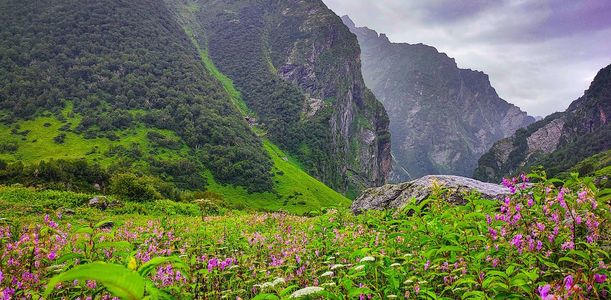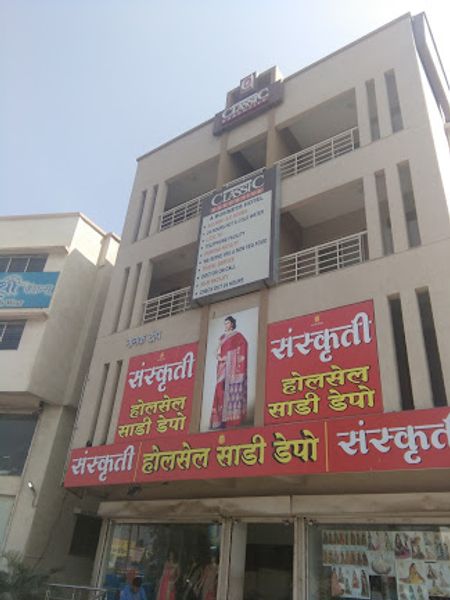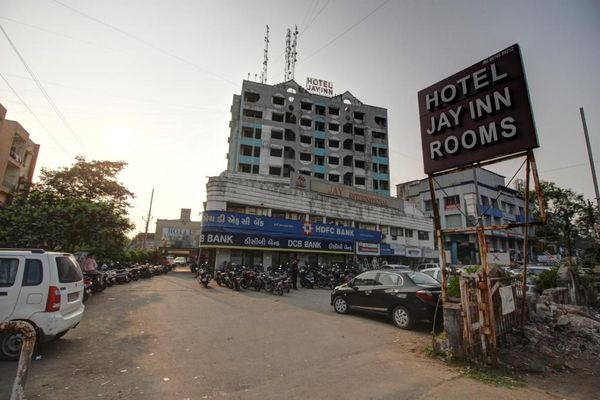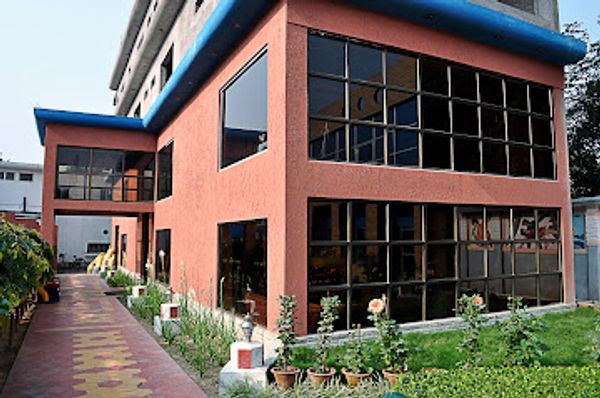Top Safety Tips for Trekking the Valley of Flowers During Monsoon
 Deepanshu Negi
22 Jul, 2025
10 mins read
188
Deepanshu Negi
22 Jul, 2025
10 mins read
188

The Valley of Flowers, located in Uttarakhand, India, is one of the most beautiful trekking destinations in the Himalayas. It is a UNESCO World Heritage Site, known for its vibrant alpine flowers, lush green meadows, and scenic mountain views. The best time to visit the valley is during the monsoon season, from July to early September, when the flowers are in full bloom.
However, trekking during the monsoon also comes with challenges. Heavy rainfall, slippery trails, and sudden weather changes can create risky conditions. If you are planning to trek the Valley of Flowers in the monsoon, it is very important to stay safe and well-prepared.
Here are the top safety tips to help you enjoy your trek while staying safe during the rainy season.
Check the Weather Before You Go
Before starting your journey, always check the latest weather forecast for the region. The mountains can be unpredictable during monsoon. If there are warnings of heavy rain or landslides, delay your plan or adjust your schedule. Avoid trekking during continuous or intense rain as it can lead to dangerous trail conditions and flash floods.
The Valley of Flowers trek involves traveling through high-altitude terrain, forest trails, and narrow paths beside steep slopes. During the monsoon, these paths can get slippery and foggy, reducing visibility. Keeping track of the weather helps you plan safer trekking hours and avoid getting caught in unexpected storms.
Wear the Right Trekking Gear
Your gear plays a big role in your safety. Wear waterproof trekking shoes with good grip to avoid slipping on wet and muddy trails. Carry a raincoat or poncho to stay dry. It’s also wise to pack a waterproof cover for your backpack. Choose quick-dry clothing instead of cotton, as wet cotton clothes take longer to dry and can make you cold.
Other useful items include:
- A trekking pole for better balance
- Waterproof gloves and socks
- A cap or hat to protect from sun and rain
- Sunglasses to shield your eyes from UV rays
Carry an Emergency First Aid Kit
Always carry a basic first aid kit with items like:
- Band-aids and antiseptic cream
- Painkillers and anti-inflammatory tablets
- Medicines for motion sickness and stomach issues
- Mosquito repellent and cold cream
- Cotton, gauze, and crepe bandages
Also carry your personal medicines if you are under treatment for any medical condition.
Stay Hydrated and Eat Properly
Even during the monsoon, your body loses fluids while trekking. Drink enough clean drinking water at regular intervals. Carry a water purification tablet or bottle with a built-in filter in case you need to refill water from natural sources.
Pack high-energy snacks like dry fruits, protein bars, and biscuits. Avoid eating from unhygienic roadside stalls. It’s better to eat light, homemade food or what is provided by trusted trekking groups or homestays.
Hire a Local Guide or Join a Group
If you are not an experienced trekker, it’s best to hire a local guide or join a recognized trekking group. Local guides know the terrain, weather patterns, and safe routes. They can guide you if there is a risk of landslides or if you need to change paths.
A guide can also help with local communication and ensure that help is available in case of an emergency.
Start Your Trek Early in the Morning
Try to start your trek early each morning. Rainfall is usually heavier in the afternoon and evening during monsoon. Starting early gives you more daylight and time to complete your trek safely before nightfall. Avoid trekking after dark, as it can be dangerous due to low visibility and slippery conditions.
Avoid Risky Trails and Water Crossings
During the monsoon, some parts of the trail may get damaged due to landslides or overflowing streams. Do not take shortcuts or unknown routes. Avoid crossing rivers or streams with strong currents. If you must cross a stream, check its depth and flow. Use a stick or trekking pole to feel the ground before stepping.
If you feel the trail is unsafe, wait for help or return to a safer point.
Stay at Safe and Clean Accommodation
Book your stay at safe and reliable hotels, guest houses, or homestays in Govindghat, Ghangaria, or nearby places. Check online reviews before booking. The place should offer basic cleanliness, proper food, and warm bedding. Avoid sleeping in tents during heavy rainfall unless they are provided by certified trekking companies with proper waterproof setup.
Keep Your Electronics and Documents Safe
Use waterproof pouches or zip-lock bags to protect your mobile phone, camera, ID cards, permits, and cash. Do not leave electronics exposed to moisture or rain. Keep your trekking permit and ID proof handy, as you will need to show them at the forest check posts.
Inform Someone About Your Trek
Before starting your trek, inform a family member or friend about your travel plan. Share your itinerary, route, and expected return date. Also, register your entry at the forest department check post at Ghangaria. In case of any delay or emergency, this information can help authorities trace and help you faster.
Respect Nature and Follow the Rules
The Valley of Flowers is a protected area. Do not pluck flowers, litter the trails, or disturb wildlife. Follow all the rules set by the forest department. Stay on marked trails and avoid restricted zones. Carry your waste back to the base and avoid using plastic as much as possible.
Being a responsible trekker ensures safety for you and for the environment.
Be Mentally and Physically Prepared
Trekking during the monsoon is not easy. Be prepared for wet clothes, muddy shoes, and sudden changes in plan. Practice some basic fitness exercises like walking, jogging, and stair climbing before your trek. If you have breathing problems or altitude sickness, consult a doctor and carry proper medication.
Stay calm in difficult situations and do not panic. A clear mind and positive attitude help you make better decisions during emergencies.
Keep a Buffer Day in Your Itinerary
Due to weather delays or landslides, your return may get postponed. It is smart to add a buffer day to your travel plan. This gives you extra time in case you are stuck or need to rest. Avoid tight schedules, especially if you have a flight or train to catch soon after the trek.
Final Thoughts
Trekking the Valley of Flowers during the monsoon is a breathtaking experience. The entire valley comes alive with vibrant flowers, flowing streams, and mist-covered mountains. But the monsoon also brings challenges that should not be ignored.
With careful planning, the right gear, and respect for nature, you can enjoy the trek safely and make lasting memories. Whether you are going solo or with a group, always prioritize safety over speed or adventure.
Stay alert, stay prepared, and enjoy the magical beauty of the Valley of Flowers.
Written By:
Deepanshu Negi



Hotels at your convenience
Now choose your stay according to your preference. From finding a place for your dream destination or a mere weekend getaway to business accommodations or brief stay, we have got you covered. Explore hotels as per your mood.


